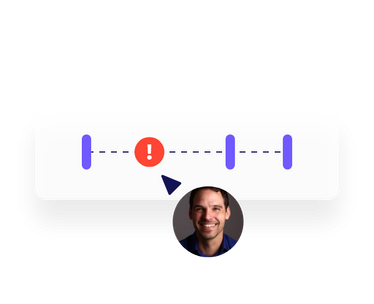Product analytics means using quantitative data to understand how users behave inside your app or website. It typically involves tracking events like users logging in, interacting with a feature or making a purchase.
By tracking these events, product analytics tools can see how user behavior changes over time, or between groups. By identifying trends in behavior—like a specific user cohort unsubscribing more than another—companies can create strategies to improve their product, retain users and increase revenue.
Most product analytics tools will feature:
Event tracking that captures when users complete certain actions
Reporting features that allow product teams to look more closely at data
Visualization tools that show user behavior trends in graph or chart format
Integrations that sync data with data warehouses, CRMs and other analytics tools
Some product analytics tools also feature advanced analytical tools that identify hidden trends and patterns in the data.
The objective of product analytics is to understand how users interact with an app or website. It allows researchers to answer important questions about their product—like how users find it, what features they use, where they struggle and what unmet needs they have.
Acquiring these insights helps researchers make better decisions about how they can improve the product and serve users.





